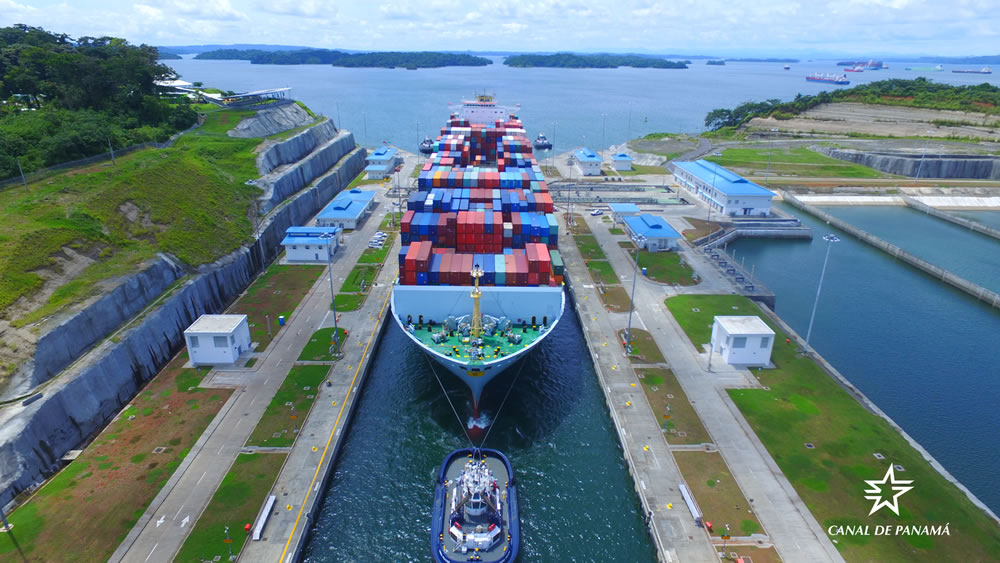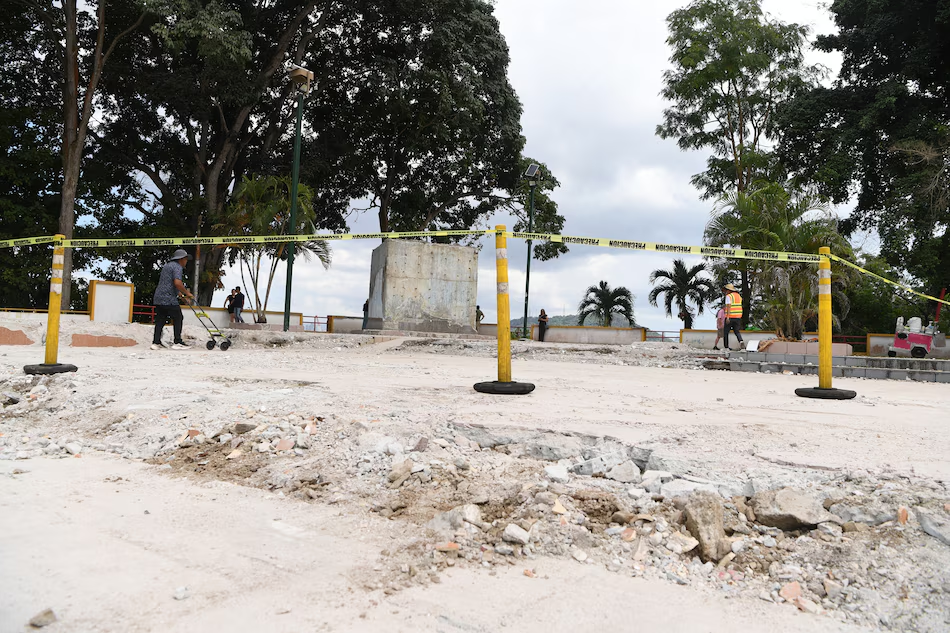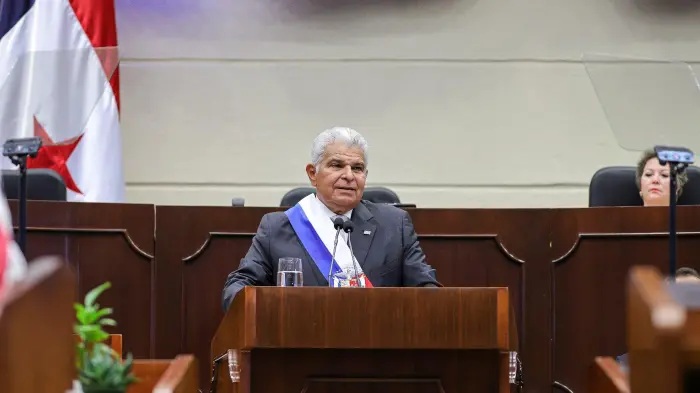The Panama Canal Celebrates Nine Years of Expansion with an Increase in Transit and Tonnage

The Panama Canal celebrated the ninth anniversary of its expansion Thursday June 26th recording an increase in transits and tonnage moved during the first eight months of fiscal year 2025, compared to the same period last year. Between October 2024 and May 2025, there was a 30% increase in average daily transits, as well as a 22% increase in tonnage, with 326 million PC/UMS tons moved through May. This growth has been possible thanks to the recovery of the levels of Gatún and Alajuela lakes, which has allowed the Canal to offer a safe, efficient, and reliable service to its customers.
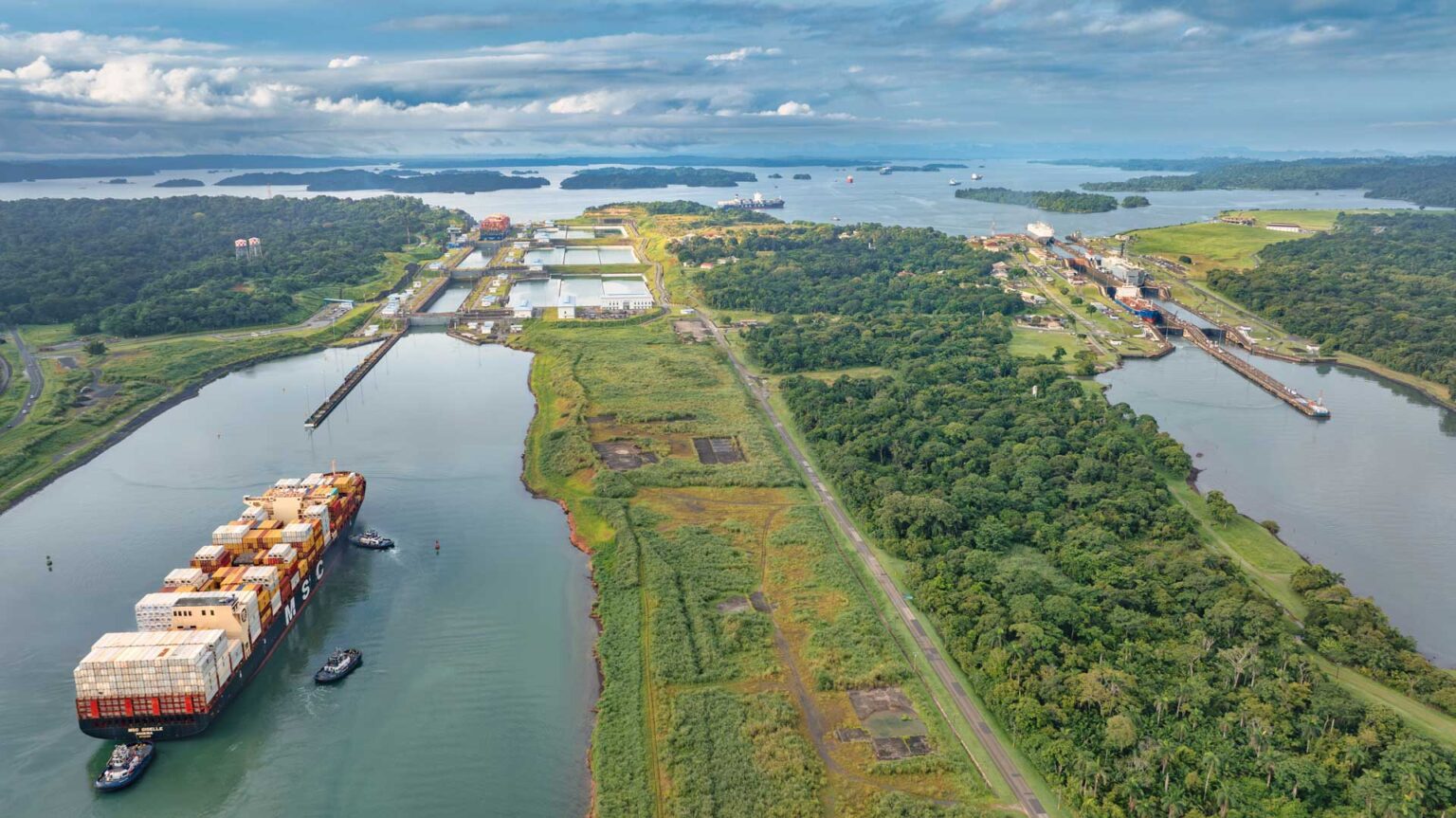
The story of this expansion began on June 26, 2016, with the inaugural transit of the container ship Cosco Shipping Panama through the Agua Clara and Cocolí Locks. This date marked the beginning of a new era in global logistics and the strengthening of one of Panama’s most strategic assets. The Canal expansion not only represented the largest infrastructure project since its original opening in 1914, but it has also generated tangible benefits for both Panama and the world. It has expanded the waterway’s capacity, increased revenue for the country, and consolidated the Canal as an essential platform for global trade. It has also boosted the country’s competitiveness and opened up new opportunities for economic growth, investment, and employment.
Main Highlights Since the Enlargement
– In 2016, the first liquefied natural gas (LNG) ship transited, opening new energy routes across the isthmus.
– In 2024, the Canal welcomed the MSC Marie, the largest container ship to cross the waterway, with 17,640 TEUs.
– In 2025, the 25,000-passage mark through the expanded locks was surpassed.
These results reaffirm the Canal’s role as an engine of development and a symbol of national pride, driven by a workforce of more than 8,700 Panamanians committed to operational excellence. Water management and sustainability has become a national priority. The anniversary comes amid climatic challenges that have tested the Canal’s resilience, such as the prolonged dry season of 2023, which temporarily reduced daily transit capacity. Although the rainy season has brought relief, the water crisis persists.
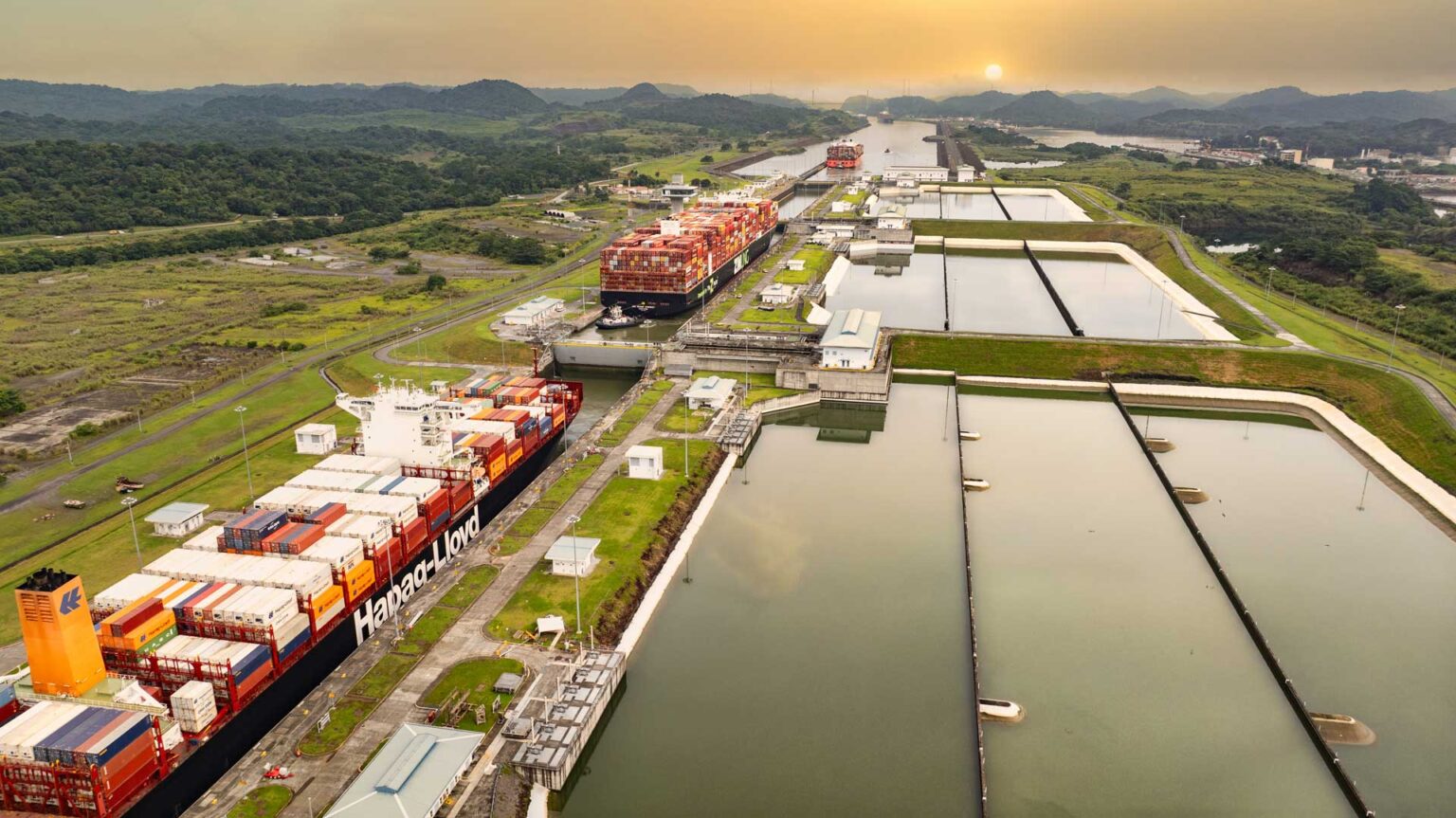
Therefore, the Panama Canal continues to implement its long-term water strategy, focused on securing resources for operations and human consumption. Projects such as the Río Indio Lake project seek to strengthen the country’s water infrastructure and generate social benefits for neighboring communities. At the same time, the Canal maintains its strategic vision of evolving into a world-class logistics hub, prepared to face the challenges of the maritime, energy, environmental, and technological environments. Nine years after its expansion, this project continues to yield concrete results for Panama and reaffirms its contribution to international trade.

